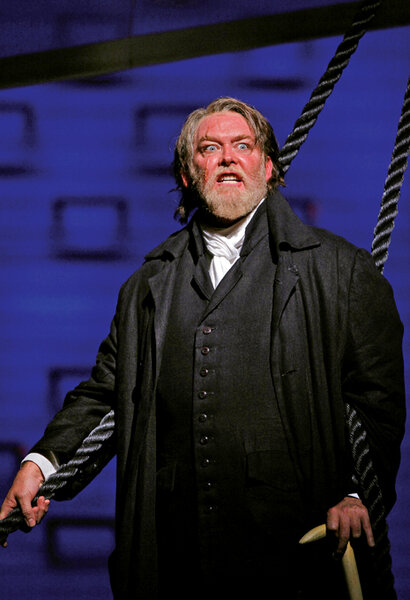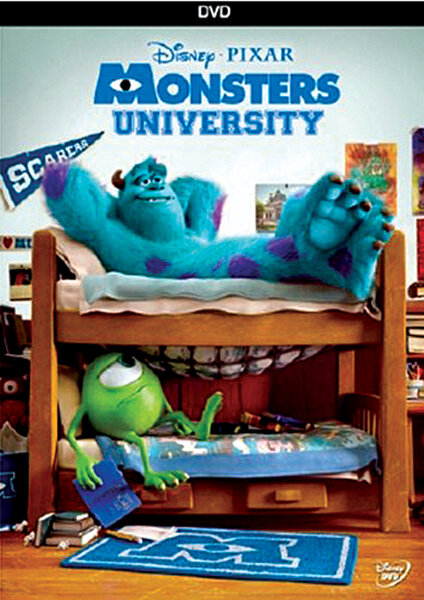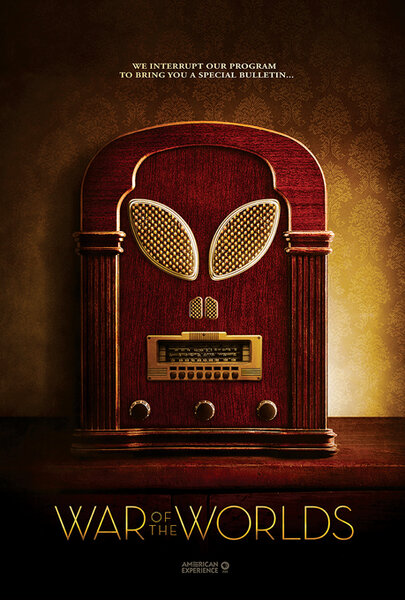Top Picks: 'War of the Worlds,' a work of art in space, and more
Loading...
Halloween invasion
When War of the Worlds aired Oct. 30, 1938, more than a million radio listeners from New Jersey to California panicked, not sure whether the US was actually being invaded by Martians. On the 75th anniversary of the notorious broadcast by actor Orson Welles and his Mercury Theatre on the Air, PBS’s “American Experience” brings the show back to vivid life Oct. 29. The hour is interspersed with interviews with experts and readings from angry letters written by Depression-weary Americans under the threat of world war who did not appreciate the Halloween joke. This is an early cautionary tale about the power of mass media to persuade. Check local listings.
The big picture
Think you can handle 13.7 billion years’ worth of history? If so, then tune into Big History, or head over to www.bighistoryproject.com to explore a grand, unified theory that encompasses science, geography, and history. The 10-part TV series launching Nov. 2 on H2 (History Channel’s spinoff), is a companion to the ambitious project from educator David Christian and funded in part by Bill Gates. The free online course aimed at middle- and high-schoolers launches in November.
Whale of an opera
“Just Call Me Ishmael” is now a lyric for an award-winning production at San Francisco Opera. The company’s ambitious Moby-Dick, created by Jake Heggie and Gene Scheer, airs this fall as part of the PBS Arts Festival. Tune into PBS’s “Great Performances” on Nov. 1 to see the mythic high seas battle between man and whale. Check local listings.
Interfaith special
World Religions: Tibetan Buddhism, Christian Science, & Jainism aired on CBS as an interfaith special and is available online at http://cbsn.ws/19MQtgN. The half-hour documentary examines the roots and growth of these three religions in the United States. A bonus for Monitor readers: an inside view of the newsroom. Mary Baker Eddy, the founder of Christian Science, established the Monitor in 1908.
Art in space
They’ve sent everything else into space – including George Clooney and Sandra Bullock (in “Gravity,” at least) – so why not a work of art? On Oct. 29, a satellite designed as a piece of pop art will orbit as The Universe’s First Celestial Charging Station, should space travelers need a spot to charge up. This joint scientific and art project marks the beginning of a new British nanosatellite program. The satellite will monitor atmospheric conditions from 373 miles above Earth at 17,000 m.p.h. for the next 25 years. Check out the art-in-space concept at http://youtu.be/qiMUNUfaYgU.
Monster pals
Pixar’s film Monsters University, available Oct. 29 on DVD and Blu-ray, goes back in time to relate the story of how the pals in “Monsters, Inc.” – Mike (Billy Crystal) and Sulley (John Goodman) – met at college. The movie is funny while also imparting a good life lesson for the kids, and Helen Mirren as the college dean is a highlight.









